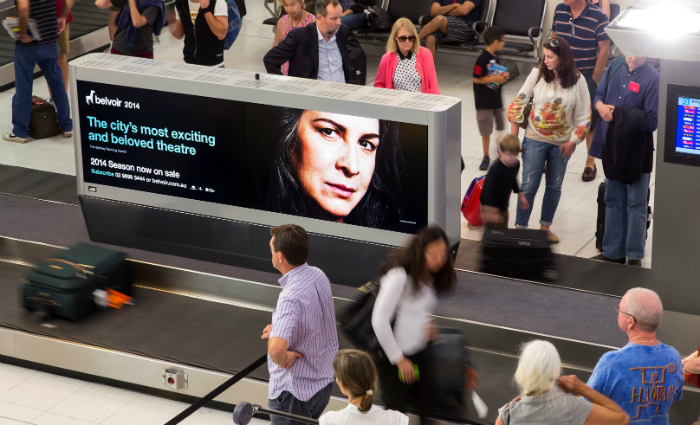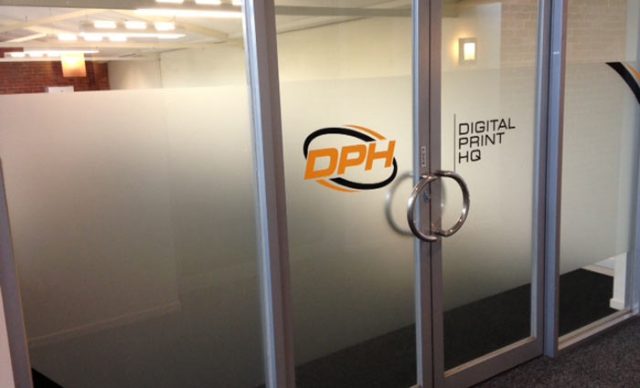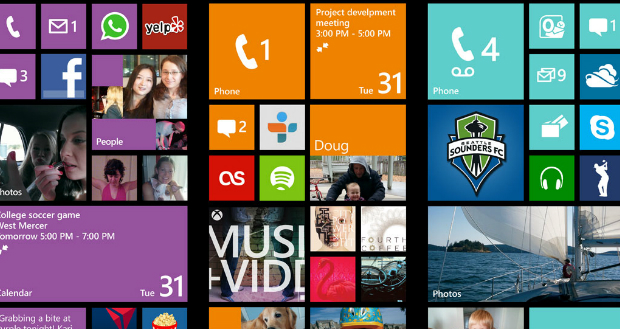
Digital signage may be muscling its way into the outdoor advertising market, but printers shouldn’t fear the demise of traditional printed signage – at least not yet.
Brendon Cook, chief executive of out-of-home media company oOh!, says while increased use of digital billboards and advertising screens will mean fewer contracts to go around, those with established clients will see dramatically more work for at least the next five years.
He says while less than 10 years ago the average length of a campaign was 12 months it is now at four weeks and will continue to become shorter as advertisers want to adapt and change with a fast paced world.
He says, “This means more work for printers, but with faster turnarounds and higher volumes. That may outstrip the capacity of many small printers.”
“I don’t doubt consolidation is necessary because of the need for high speed and capacity.”
Outdoor Media Association figures show revenue from digital out-of-home (OOH) advertising is up almost $18m in the past year, accounting for 11.3 per cent of the industry’s 2013 $543.8m total revenue from 7.5 per cent of $507.7m in 2012.
[Related: Outdoor growth]
OMA chief executive Charmaine Moldrich predicts digital advertising will have a 25 per cent share within five years, but does not foresee a world without printed signs in the near future.
“The growth of digital just makes sense and advertisers are asking for it,” she says.
“But while a lot of indoor advertising is moving to digital, most signage is outdoor and is protected by cost concerns and regulation.”
Moldrich says the industry is overregulated by governments that are risk adverse and very nervous about the road safety implications of moving advertising, and there are light concerns in residential areas, leaving print the easier choice until digital reaches critical mass and forces change.
Cook says digital is most likely to make inroads into quality sensitive environments such as airports, where his company just installed 24 new digital signs at Sydney airport, and shopping centres where there is more competition for eyeballs and customers have more time to look.
Digital advertising can be targeted towards groups of customers and changed throughout the day, such as cereal ads in the morning and alcohol after children would have left the area, and to switch up campaigns quickly.
However, Cook thinks print remains critical and can work together with digital campaigns by utilising new technology better suited to it, such as augmented reality, but is less optimistic about the long term.
“We will get to the stage where the cost of digital comes down to the point where the values of print, like its permanency, will be possible for digital,” he says.
“The next five years it’s a positive for print but after that it may be seriously challenged.”
Comment below to have your say on this story.
If you have a news story or tip-off, get in touch at editorial@sprinter.com.au.
Sign up to the Sprinter newsletter


